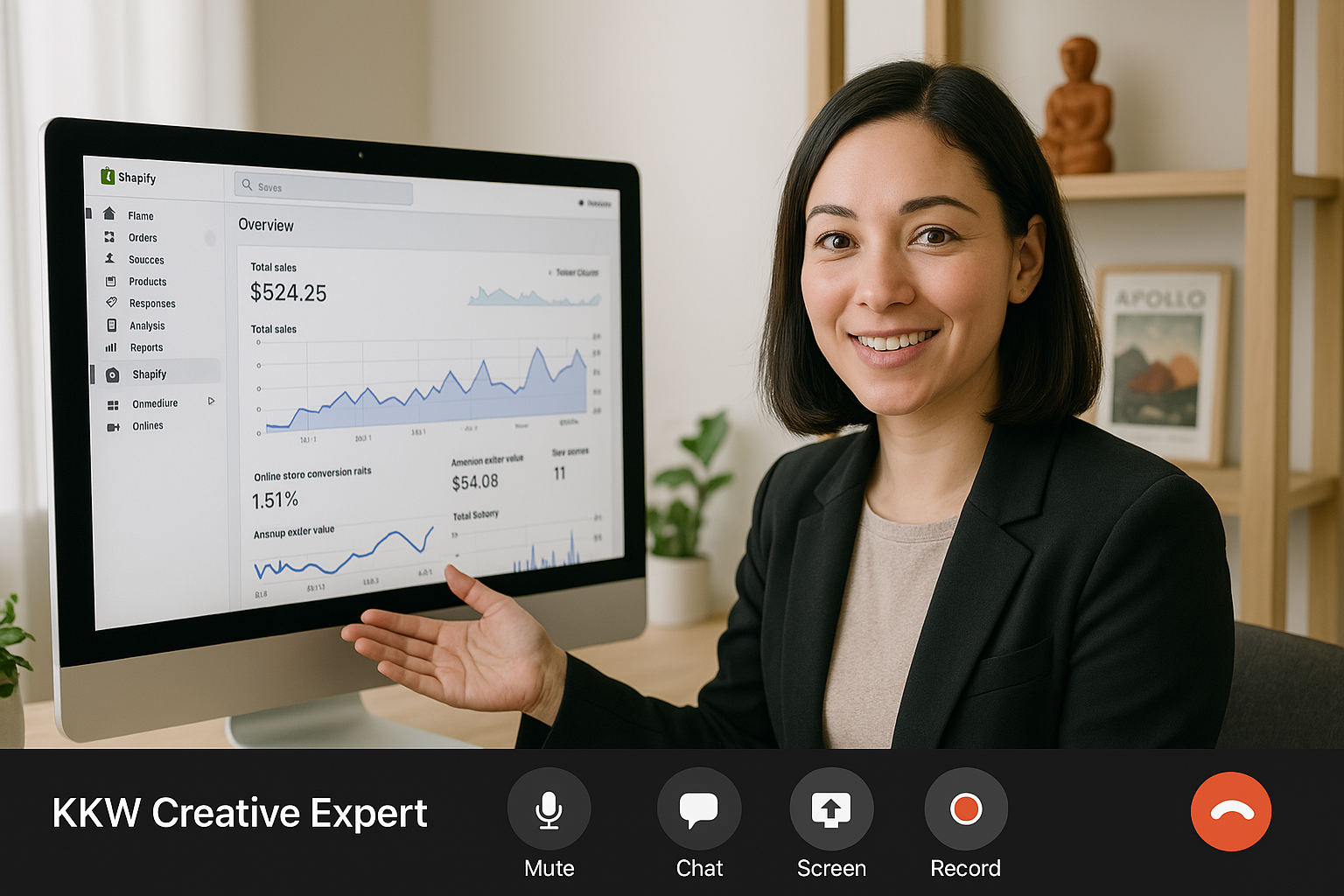So, you want to dominate search rankings and make Google your BFF in 2025? Looking for Shopify SEO optimization? Buckle up, because the SEO game isn’t slowing down, and neither should you. Whether you’re a Shopify rookie or a seasoned pro, these real-world, actionable tips will help you climb those rankings faster than a cat chasing a laser pointer. Let’s dive in.
1. Optimize for Voice Search—Because Robots Are Talking Back
-
Why It Matters: Over 50% of online searches are voice-activated. Thanks, Alexa. Thanks, Siri.
-
What to Do: Write like people talk. Focus on long-tail keywords and questions (e.g., “Where can I buy vegan leather handbags near me?”). Add an FAQ page and sprinkle in conversational phrases.
-
Pro Tip: Test your site on voice assistants. If Siri can’t find you, neither will customers.
2. Lightning-Fast Load Speeds—No One Has Time for Slowpokes
-
Why It Matters: Page speed directly affects bounce rates and SEO rankings. A slow site is the kiss of death.
-
What to Do: Optimize images (WebP formats, anyone?), compress videos, and use Shopify’s built-in performance tools.
-
Pro Tip: Run your site through Google PageSpeed Insights and do what the robot overlords suggest.
3. Mobile-First Indexing—Your Customers Are Already There
-
Why It Matters: Mobile browsing has surpassed desktop—your site better look sexy on a smartphone.
-
What to Do: Test your site’s responsiveness. Simplify navigation and prioritize thumb-friendly design.
-
Pro Tip: Use Shopify’s mobile-friendly themes, and don’t forget click-to-call buttons. People are lazy, and that’s good for you.
4. SEO Titles That Slap—Make 'Em Click
-
Why It Matters: Titles are the first impression, and boring titles are basically digital tumbleweeds.
-
What to Do: Write titles that are punchy, keyword-rich, and clickbait-free. Use numbers, questions, and emotional triggers.
-
Pro Tip: A/B test different titles in blog posts and product pages. Watch what performs, then replicate the magic.
5. Meta Descriptions—Small Box, Big Impact
-
Why It Matters: This is your elevator pitch to Google users. Don’t blow it.
-
What to Do: Write compelling, keyword-packed descriptions under 155 characters. Include a CTA like "Shop Now" or "Find Out More."
-
Pro Tip: Use tools like Yoast SEO or Rank Math to preview how your meta looks on search engines.
6. Alt Text—Because Google Can’t See (Yet)
-
Why It Matters: Alt text isn’t just for accessibility—it boosts image SEO.
-
What to Do: Add descriptive alt text for every image. Skip generic labels like "image123.jpg" and go with "handcrafted Cuban link gold bracelet."
-
Pro Tip: Don’t stuff keywords. Write for humans, not robots (but trick the robots anyway).
7. Schema Markup—Speak Google’s Language
-
Why It Matters: Rich snippets (those fancy results with stars, prices, and stock info) are SEO gold.
-
What to Do: Use Shopify apps like Smart SEO to add structured data markup for products, reviews, and FAQs.
-
Pro Tip: Check your rich snippets using Google’s Structured Data Testing Tool.
8. Blog Like You Mean It—Content Is Still King (Sorry, Queen)
-
Why It Matters: Fresh content keeps your site relevant and ranking.
-
What to Do: Write helpful, keyword-rich blogs. Solve problems, tell stories, and answer questions.
-
Pro Tip: Use AI tools for research but keep your writing human (because nobody wants to read content that sounds like a robot wrote it).
9. Backlinks—Get Them, Keep Them, Love Them
-
Why It Matters: Backlinks are Google’s way of saying, “You’re cool.”
-
What to Do: Partner with influencers, guest post on blogs, and reach out to niche directories.
-
Pro Tip: Use tools like Ahrefs or SEMrush to spy on your competitors’ backlinks—and then steal their thunder.
10. Product Pages That Convert—Not Just Exist
-
Why It Matters: High-ranking pages that don’t convert are about as useful as a screen door on a submarine.
-
What to Do: Use persuasive copy, multiple images, and social proof (hello, reviews). Add FAQs and highlight shipping details.
-
Pro Tip: Treat your product pages like mini sales funnels. Guide customers straight to checkout without distractions. This is a game changer for Shopify SEO optimization.
Final Thoughts: The SEO Game Is Evolving—Are You?
SEO in 2025 isn’t about shortcuts—it’s about strategy. Get mobile-friendly, speed things up, talk to the robots, be specific with your Shopify SEO optimization and make your content irresistible. With these 10 tips, your Shopify store won’t just rank—it’ll dominate. Now get out there and make Google your sidekick!
As always, we offer monthly SEO help guaranteed to get your site listed higher in Google SERP's.












